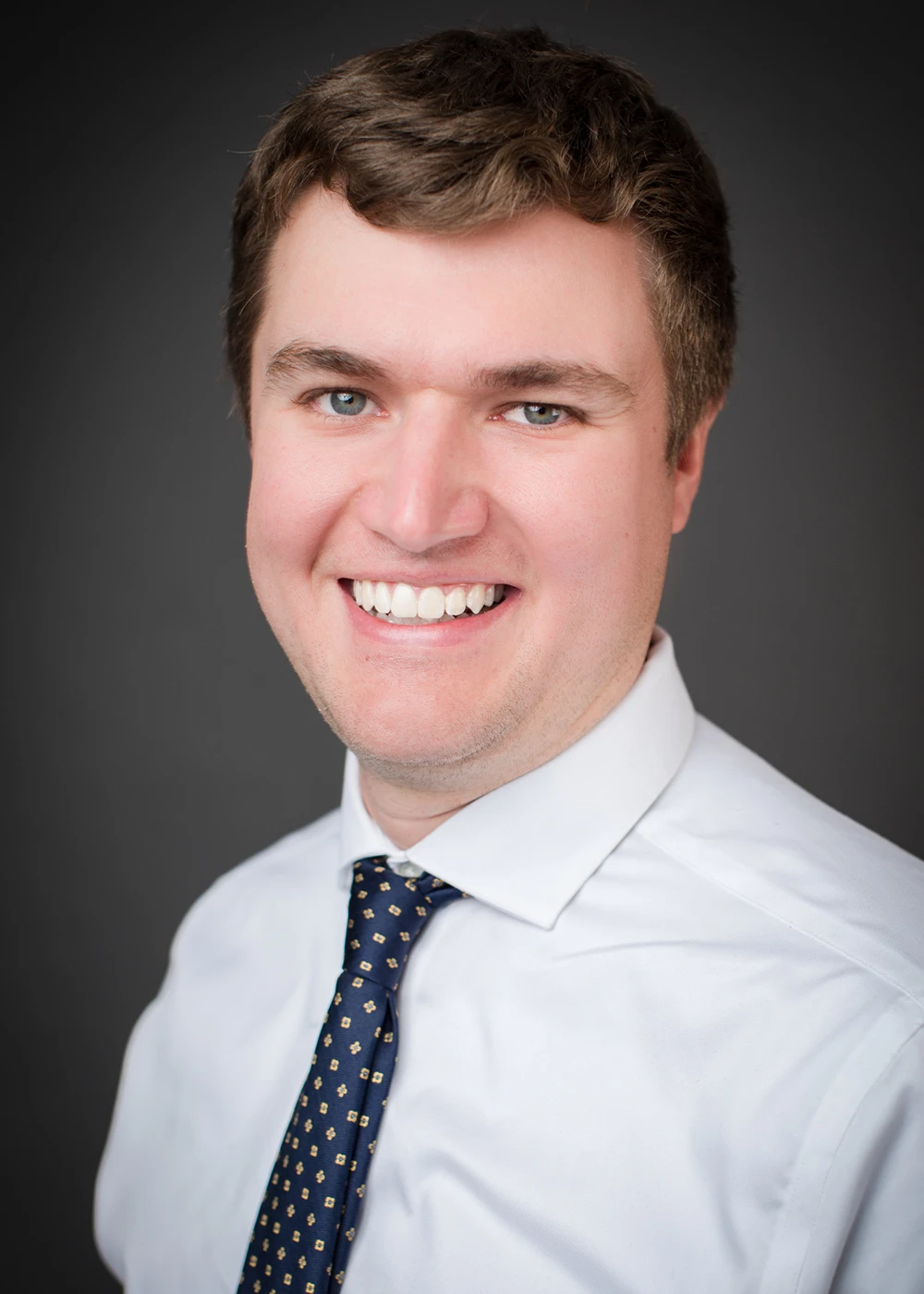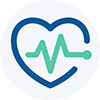





The Meaning of Care Magazine
Methodist's Cardiac Team Showcases Collaboration To Meet Patients' Needs
Published: Dec. 12, 2022
On Aug. 16, Kerry Naylor fought chest pain throughout his stationary bike ride and completed only three miles instead of his normal five.
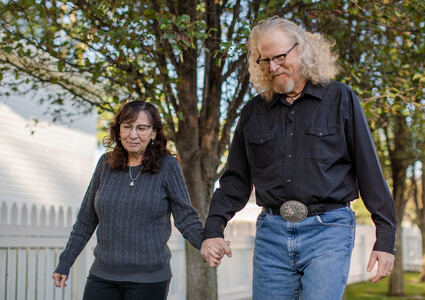
Kerry, 66, went to tell his wife about the pain. But as he tried to find his words to explain what he felt, he dropped to the floor.
“I said, ‘OK, I’m calling 911,’” his wife, Ramonda, said. “’Tell me what hurts.’”
All Kerry could do was pound his chest.
When paramedics arrived, they determined that Kerry was experiencing a heart attack. They told Ramonda that they were taking him to Methodist Hospital.
Quick Action
When interventional cardiologist Nidhi Madan, MD, received a page for a STEMI heart attack patient at about 4 p.m. that day, she immediately assembled a team to meet the patient when they arrived at the Methodist Hospital Emergency Department (ED).
Not long after Dr. Madan met her patient, Kerry, in the ED, her team took him to the cardiac catheterization lab – commonly known as the cath lab. As the doors of the cath lab opened, Kerry lost his pulse.
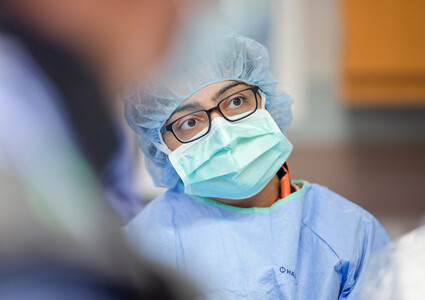
After shocking him a few times, the team moved Kerry from the gurney to the procedure table, but he continued to go in and out of ventricular fibrillation (vFib) – a type of irregular heartbeat that causes the lower heart chambers to twitch instead of pumping blood throughout the body.
Dr. Madan attempted to gain access to Kerry’s heart with a catheter through a blood vessel in his groin, but she had difficulties because he’d have a pulse for about 10 seconds, and then it would go away.
Cath lab team members used multiple methods to keep him alive – chest compressions, shocking and medication.
“I knew the problem was that the artery was blocked, and I knew that I had to go and open it,” Dr. Madan said.
She finally gained access to the artery and discovered that Kerry’s left coronary artery was completely blocked.
Dr. Madan decided to call interventional cardiologist Charles Olson, MD, and cardiothoracic surgeon HelenMari Merritt, DO for extra assistance.
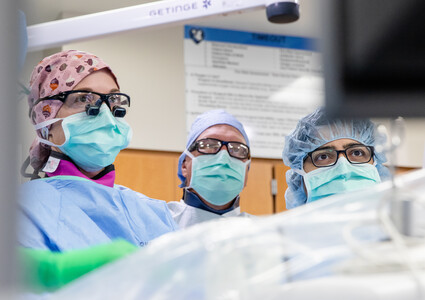
“When they call us (cardiothoracic surgeons), we’re there in an instant,” Dr. Merritt said. “When we call them (cardiologists), they’re there in an instant. It’s just a nice setup, and it gives the patient the best chance at a positive outcome, even in extreme situations.”
“You have to give him the best shot possible,” Dr. Madan said. “You have to make sure that he gets everything in our toolbox.”
“Every Possible Chance”
When Dr. Olson and Dr. Merritt arrived in the cath lab, Dr. Madan had started opening Kerry’s artery, but he kept going in and out of vFib nearly every minute.
After continued efforts to keep Kerry’s heart active so Dr. Madan could work, Dr. Merritt made the decision to put him on an extracorporeal membrane oxygenation (ECMO) machine – which allows blood to pump outside of the body – to give him the best support to keep him stable.
Over the course of a couple of hours, the team in the cath lab shocked Kerry at least 50 times, gave him different medications to revive him, put him on ECMO, successfully placed stents to keep his artery open and transferred him to Nebraska Medicine for further support.
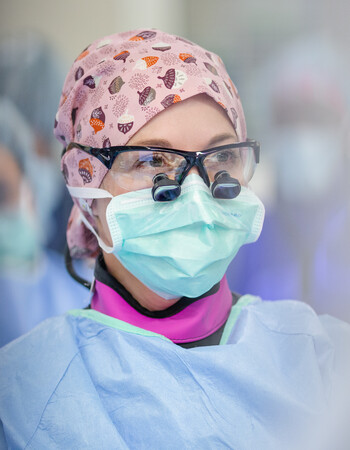
“People from the outside looking in may say, ‘That’s too much. You guys should have just called it,’” Dr. Merritt said. “But none of us in the room were willing to do that. We wanted to give him every possible chance of having a good outcome.”
Kerry spent just over a week in the intensive care unit, but he returned home with minimal complications and is expected to make near-full recovery.
“It’s pretty phenomenal,” Kerry said.
His experience is just one example of how Methodist’s lineup of cardiothoracic surgeons and cardiologists provides team-based care to meet patients’ unique needs.
“We’re Glad You’re Alive”
Similar to Kerry, Cathy Goldapp needed immediate attention during a time of need.
Cathy arrived at Methodist Jennie Edmundson Hospital in late August after feeling weak and tired.
She was transferred to Methodist Hospital that evening because she had a disease in one of her heart’s blood vessels and blockages in others.
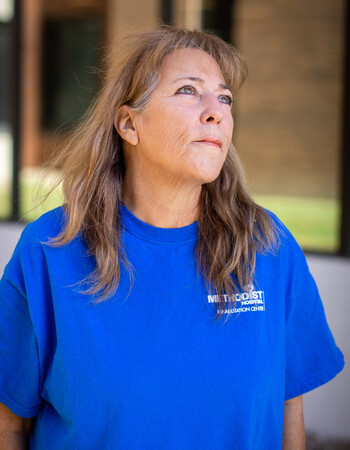
About two hours after the transfer, under the care of Dr. Merritt, Cathy experienced complications that resulted in fluid starting to fill up in her lungs.
Dr. Merritt’s team urgently took Cathy to the operating room and completed a bypass on her heart. But because her heart was already failing going into surgery, Cathy experienced arrhythmia – or irregular heartbeat — following the operation and had about 20% heart function, which prompted Dr. Merritt to call Dr. Olson.
Dr. Olson took Cathy to the cath lab, where he successfully placed stents to open her blood vessels. But as Cathy continued to have rhythm problems, Dr. Merritt called electrophysiologist Matthew Latacha, MD, for assistance with administering medications.
Cathy remained sick for about four or five days, but after her breathing tube was removed, she had no additional heart rhythm issues.
“When I woke up, I didn’t have memory of any of it,” Cathy said. “I had to rely on what people were telling me, and all they kept saying was, ‘We’re glad you’re alive.’”
Helping Without Questioning
“The cardiovascular team has shown me and others over and over again how teamwork can save lives,” said Kim Baker, BSN, RN, the service leader of invasive and noninvasive cardiovascular services. “We know that teamwork is the key to success, and when everyone works together toward the same goals, we can achieve the best care possible.”
Dr. Madan realized she would need extra help to keep Kerry alive. That’s why she called Dr. Merritt and Dr. Olson.

“They were there to support,” Dr. Madan said. “They were there to help the patient. Nobody had any questions.”
And Dr. Merritt did what she could to improve Cathy’s condition, but she knew that she could easily request additional support from one of her colleagues.
“It’s nice because we have a small-knit group of people here,” Dr. Merritt said. “It’s not like I’m calling someone that I don’t know. I’m calling Nidhi, Chuck or Matthew. ‘Can you come help me with this?’ And they say, ‘Absolutely. I’ll be right there.’”
Both Cathy and Kerry are thankful for that teamwork.
“I feel fantastic,” Cathy said. “And I don’t think I would be here without Dr. Merritt and her team.”
“I can’t say enough about everything that happened,” Kerry said. “Because I wouldn’t be talking right now if they wouldn’t have acted the way that they did.”
More Resources
- Read more from the winter 2022 issue of The Meaning of Care Magazine.
- Learn more about cardiology care provided at Methodist.

